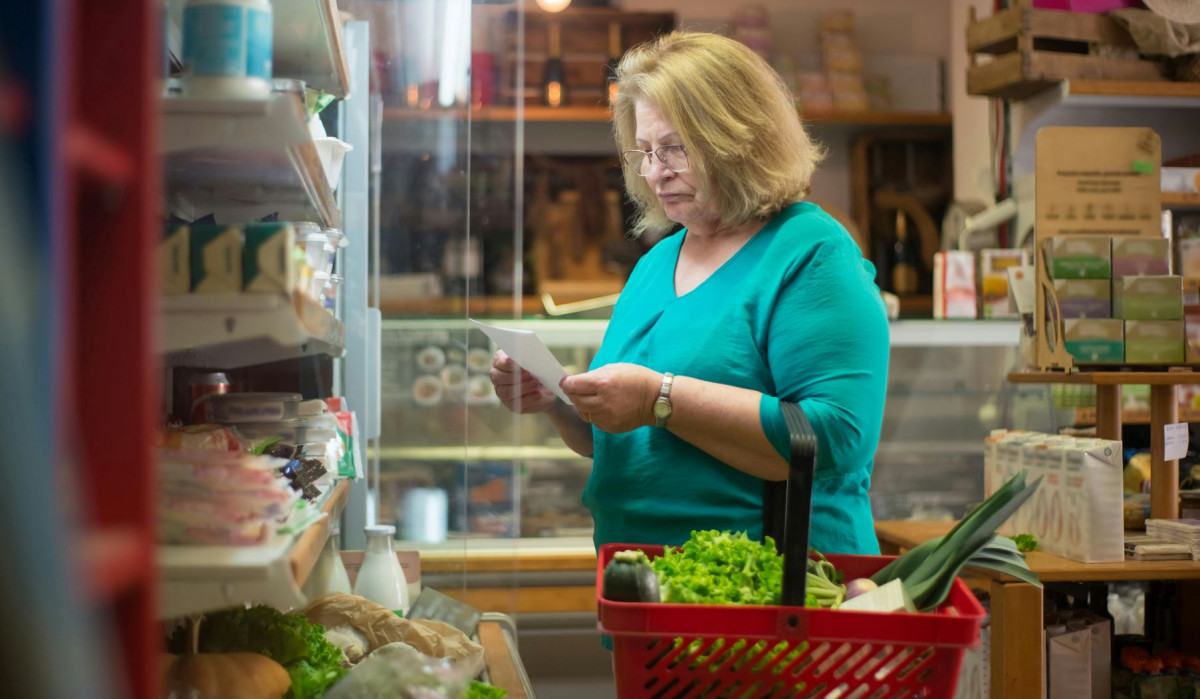
Widows’ Time: Adjusting to Loss
In the paper published recently in the 50th Celebratory Volume of the Research in Labor Economics, Daniel Hamermesh (University of Texas at Austin), Michał Myck (CenEA) and Monika Oczkowska (CenEA) take a closer look at the consequences of widowhood with respect to individuals’ time use.
As the article states, comparing older married women to widows in the American Time Use Survey (ATUS) 2003–2018 and linking the data to the Current Population Survey allow inferring the short- and longer-term effects of a demographic shock – husband’s death – and measuring the paths of adjustment of time use to it. Widows differ from otherwise similar married women, especially from married women with working husbands, by cutting back on home production, mainly food preparation and housework, mostly by engaging in less of it each day, not doing it less frequently. The ratio of time to money expenditures on one item – food – is higher among married older couples than among widows. Widows are alone for 2/3 of the time they had spent with their spouses, with a small increase in time with friends and relatives shortly after becoming widowed. Older French, Italian, German, and Dutch women exhibit similar differences in time use; European widows also feel less time stress than married women. Following older women in 18 European countries before and after a partner’s death shows that becoming widowed reduces their feelings of time pressure.
The article is available here.
An earlier version of the analysis was published as NBER Working Paper No. 28752: Hamermesh, Myck, Oczkowska (2021) Widows’ Time, Time Stress and Happiness: Adjusting to Loss.




